Delivery within 3-6 business days
Free shipping on orders over €50
Types of Pasta Poster
Enhance your kitchen with our pasta poster, featuring a detailed guide to different pasta types. This vintage pasta poster is available framed or unframed in three formats.
Printed on museum-quality paper that respects forests
High-quality wooden frame to highlight your poster
Welcome to Frog Posters, where we bring you unique and captivating wall art. We are delighted to present our pasta poster, a must-have for any pasta lover or culinary enthusiast. This isn’t just a wall print; it’s an artistic and educational guide to the various types of pasta, beautifully captured in a vintage pasta poster design.
Our pasta types poster is meticulously designed to be both informative and visually stunning. It features detailed illustrations of a wide array of pasta shapes, each labeled with its name and origin. Whether you’re a seasoned chef, an aspiring cook, or someone who appreciates cool and inspirational decor, this pasta vintage poster will be a valuable addition to your kitchen or dining room.
The pasta chart poster provides a comprehensive overview of different pasta types, from familiar shapes like spaghetti and penne to more unique varieties such as orecchiette and farfalle. This pasta shapes poster is perfect for anyone who wants to expand their culinary repertoire and learn more about the rich tradition of Italian pasta making.
Available in three formats, our poster can be tailored to fit any space. You can order the poster ready to hang on the wall; it will be delivered already framed. Otherwise, don’t worry, it is super easy to frame because the three dimensions that we offer are standard formats among framers. This flexibility ensures you can seamlessly integrate this retro poster into your decor, adding a touch of vintage charm to any room.
At Frog Posters, we are committed to quality and eco-friendly practices. Each art print is made on high-quality, sustainably sourced paper, ensuring a durable and vibrant print. The colors are chosen to maintain an authentic vintage feel, making it a standout piece in any room. By choosing Frog Posters, you’re supporting a small business dedicated to providing original and thoughtfully crafted wall art.
Our posters make for fantastic gift ideas. If you know someone who loves pasta, cooking, or Italian cuisine, this pasta guide poster is the perfect present. It’s unique, educational, and sure to be appreciated by anyone who values quality and style.
Beyond its practical use, our pasta poster serves as an inspirational piece of wall art. It’s more than just a print; it’s a celebration of the art of pasta making and the joy of Italian cooking. This retro poster will undoubtedly become a conversation starter, impressing guests and sparking interesting discussions about favorite pasta dishes and recipes.
Why wait? Enhance your kitchen or dining room with our types of pasta poster. Shop now at Frog Posters and bring home a beautiful and informative piece that celebrates the world of pasta. This isn’t just wall art; it’s a statement, a story, and a celebration of culinary tradition. Order today and let your decor reflect your passion for pasta and quality.
Frog Posters is your trusted source for high-quality, eco-friendly art prints. Each poster is designed with care, ensuring you receive a product that meets the highest standards of quality and craftsmanship. Support a small business and bring a touch of vintage elegance into your home with our pasta chart poster. Order now and start your journey into the world of pasta with our beautiful and practical guide!
| Dimensions: 30x40 cm / 12x16″ | 30×40 cm / 12×16″, 50×70 cm / 20×28″, 70×100 cm / 28×40″ |
|---|---|
| Language | Poster in English |
| Material | 200g (80lb) uncoated museum-quality matte paper, FSC-certified |
| Frame: No frame | Black Wooden Frame – Ready to Hang, Natural Wooden Frame – Ready to Hang, White Wooden Frame – Ready to Hang, No frame |
| Brand | Frog Posters |
10 reviews for Types of Pasta Poster
FAQ
We are here to help!
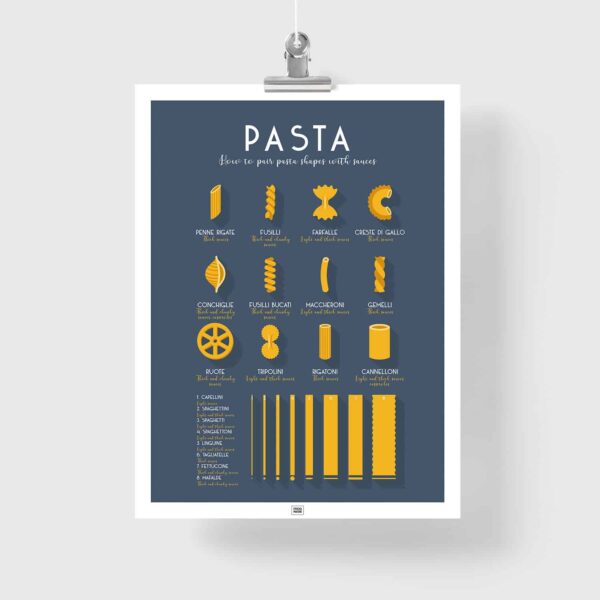
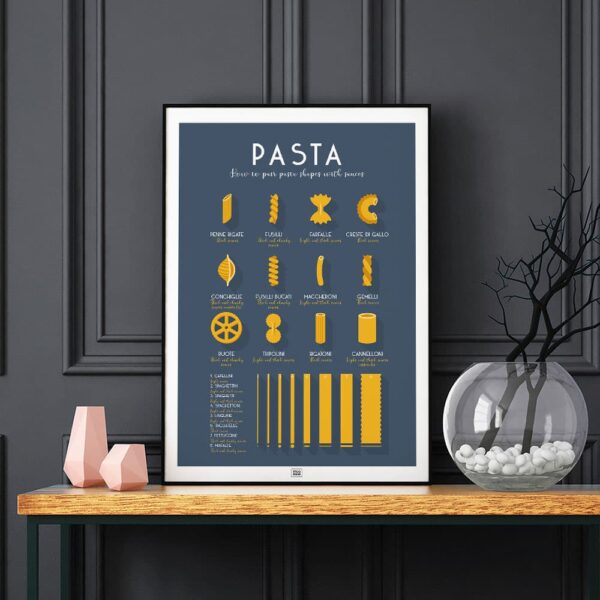
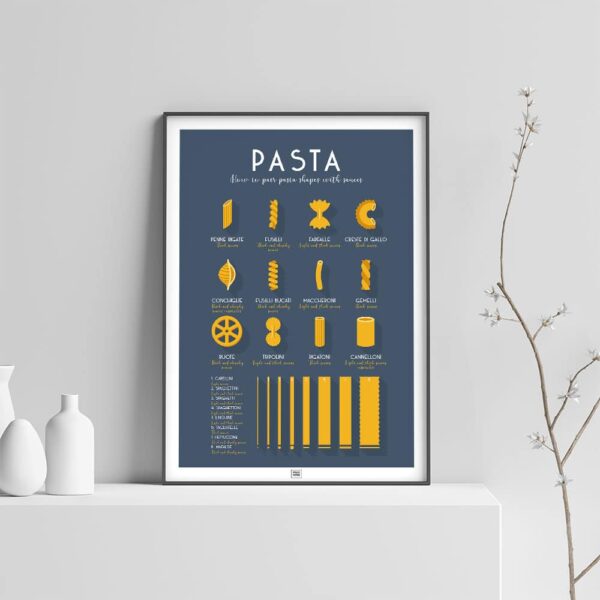
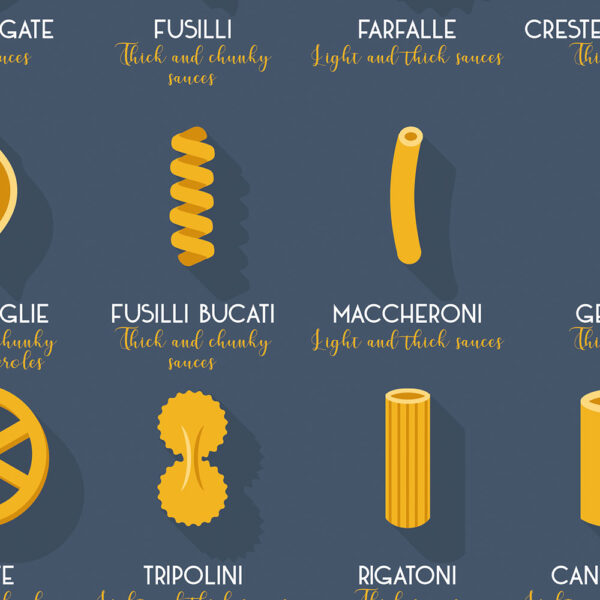
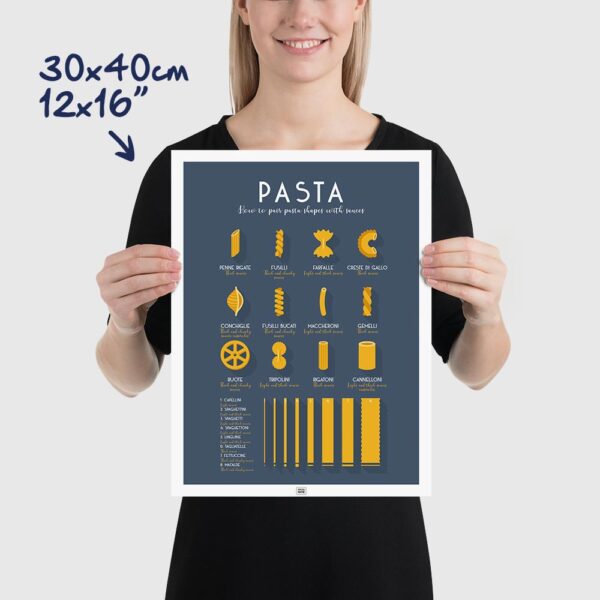
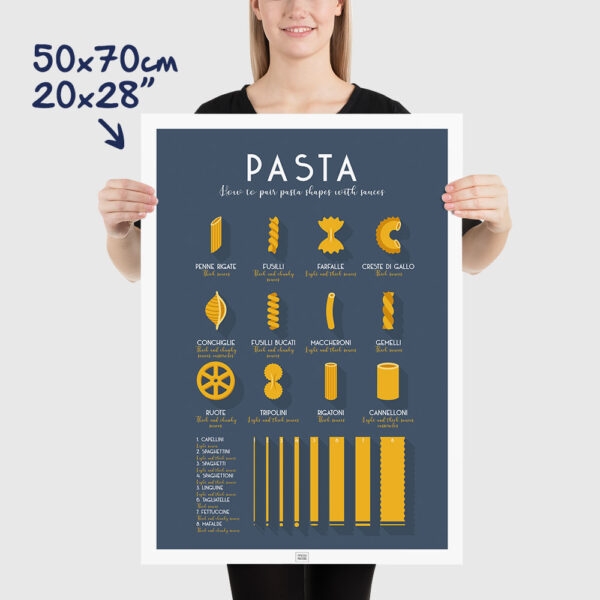
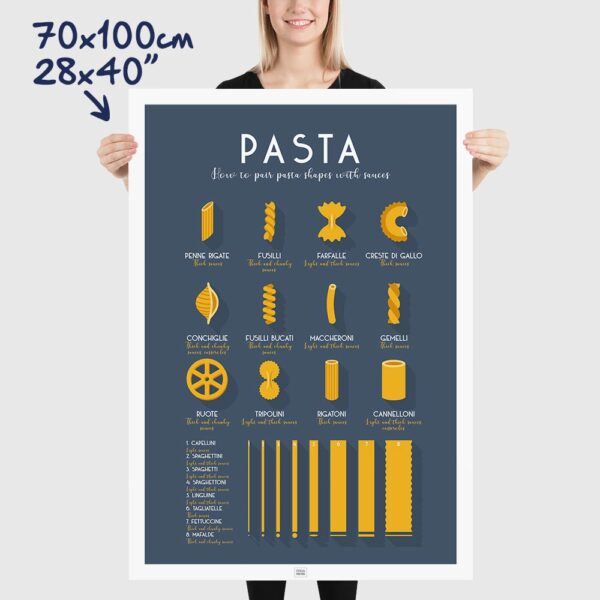



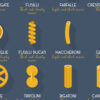

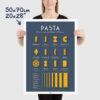


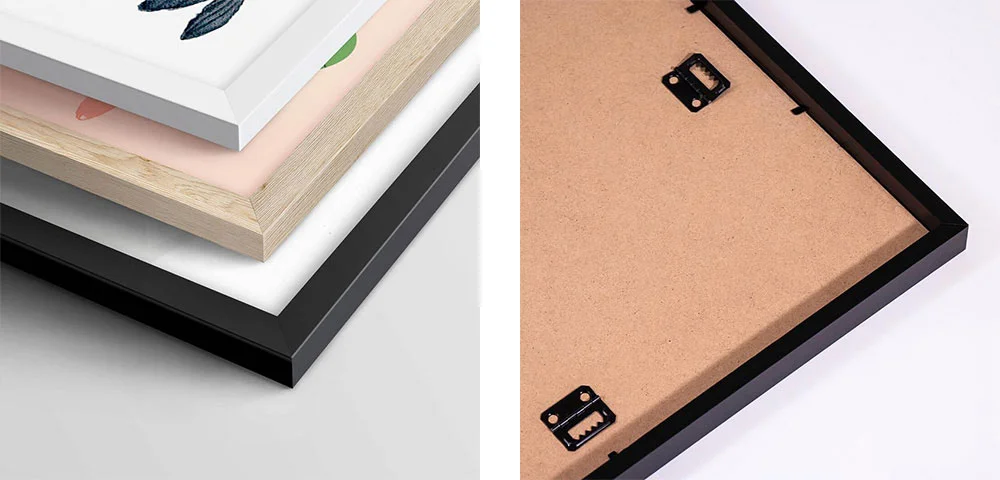
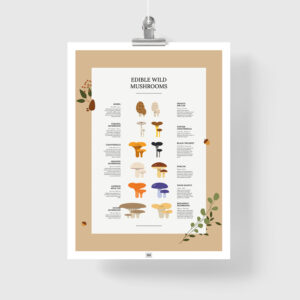
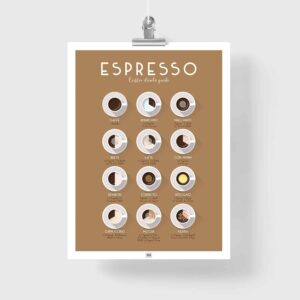
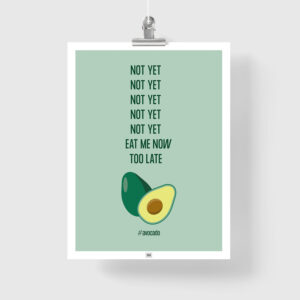
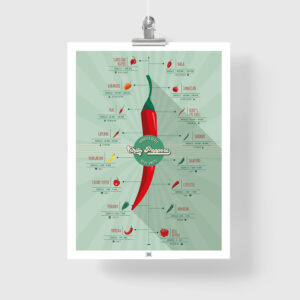
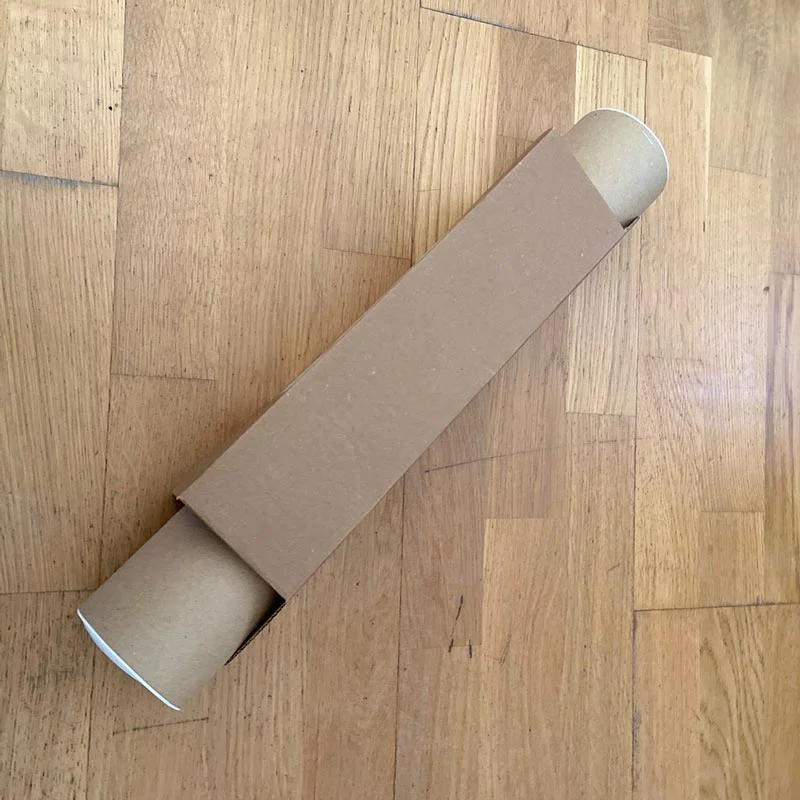
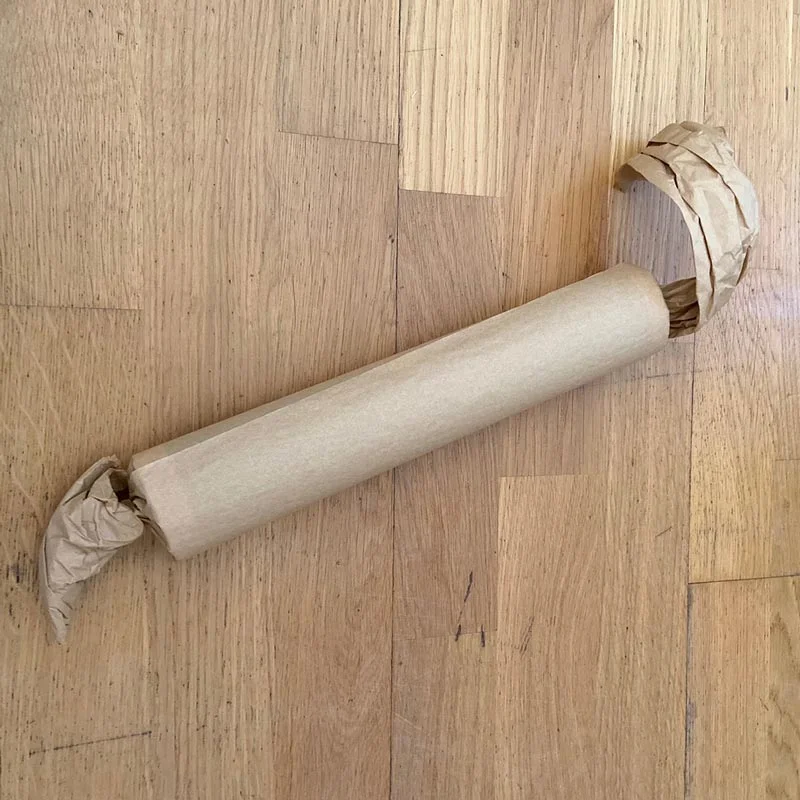
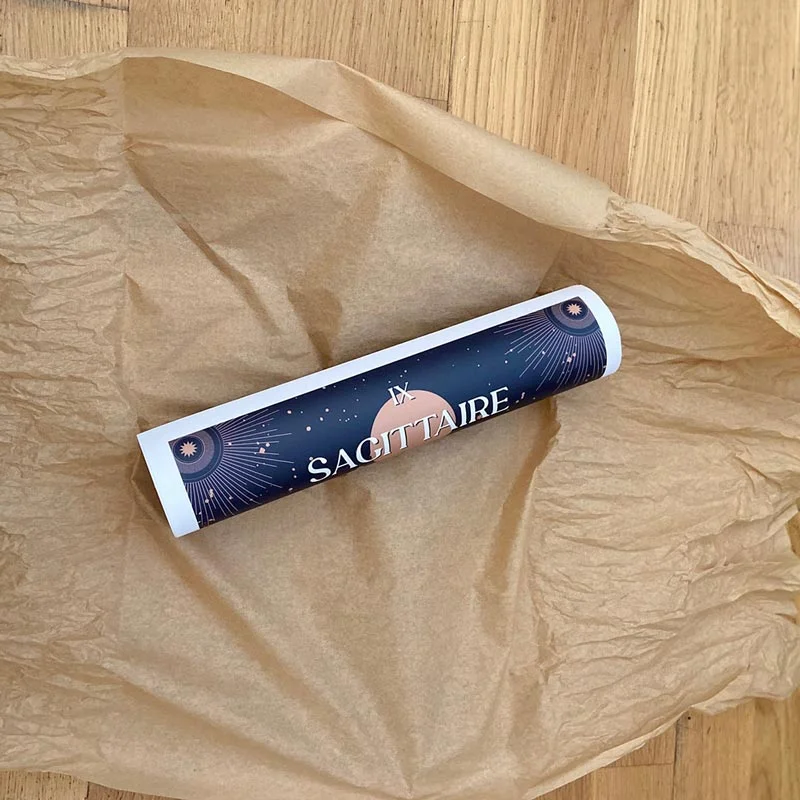



Meghan –
As described
Veronica –
Meets my expectations
Margaret –
Everything is perfect +++
Christine S. –
Great posters! Perfect shipping. I highly recommend.
Hailey –
At the top of the top!
Alexa –
Good quality, fast delivery
Kaitlin –
Nothing to complain about, everything is in order
Cynthia –
Speed, beautiful image sends flawless
Angelica –
Perfect
Lindsay –
Very good for a first time